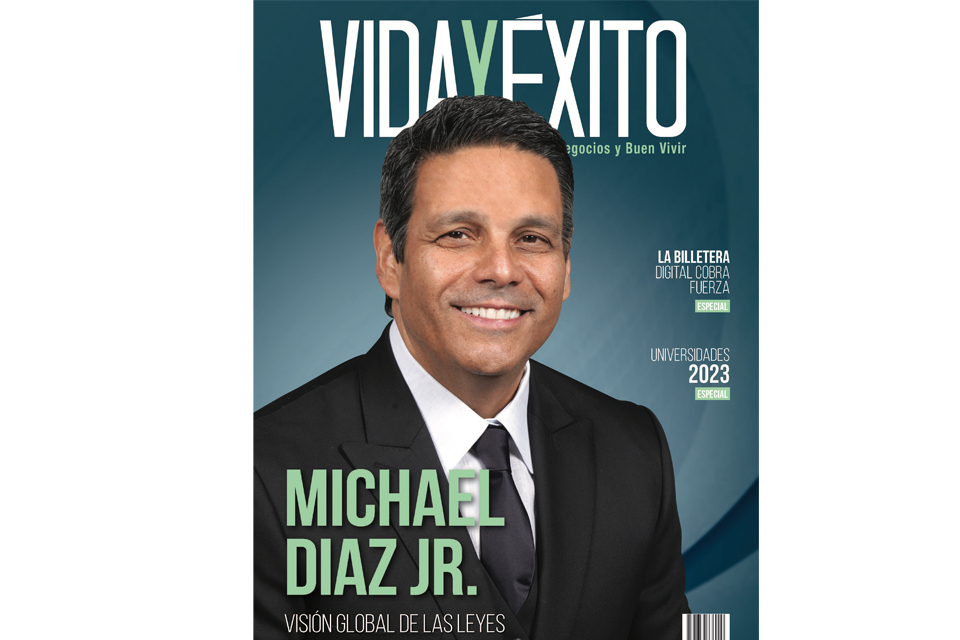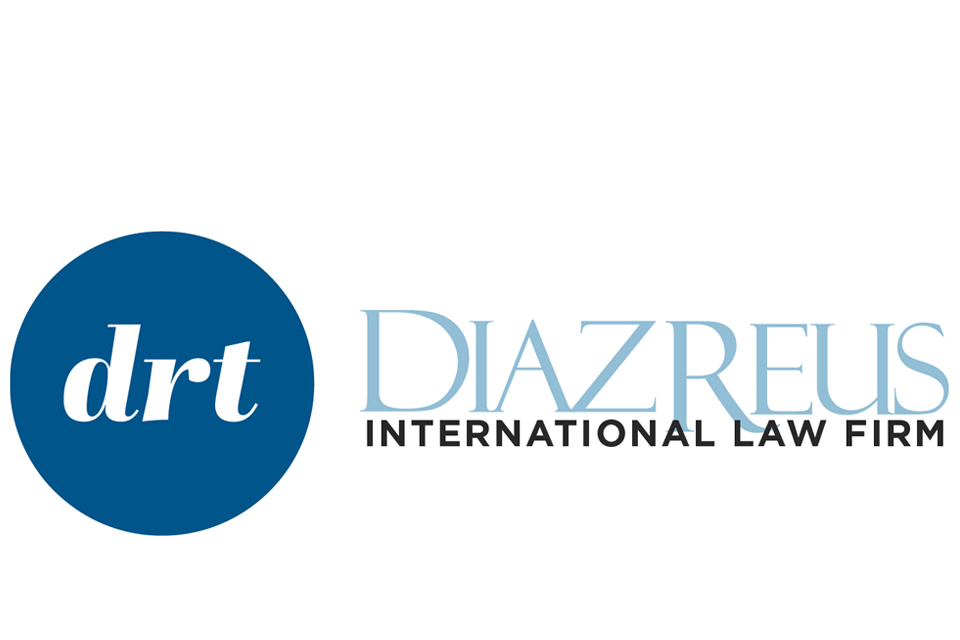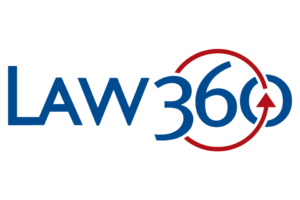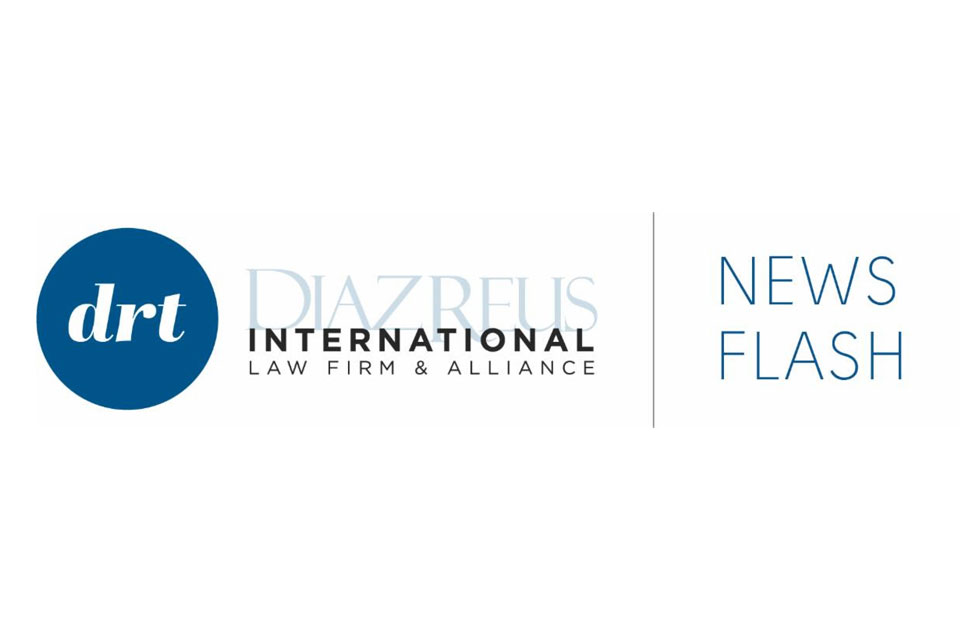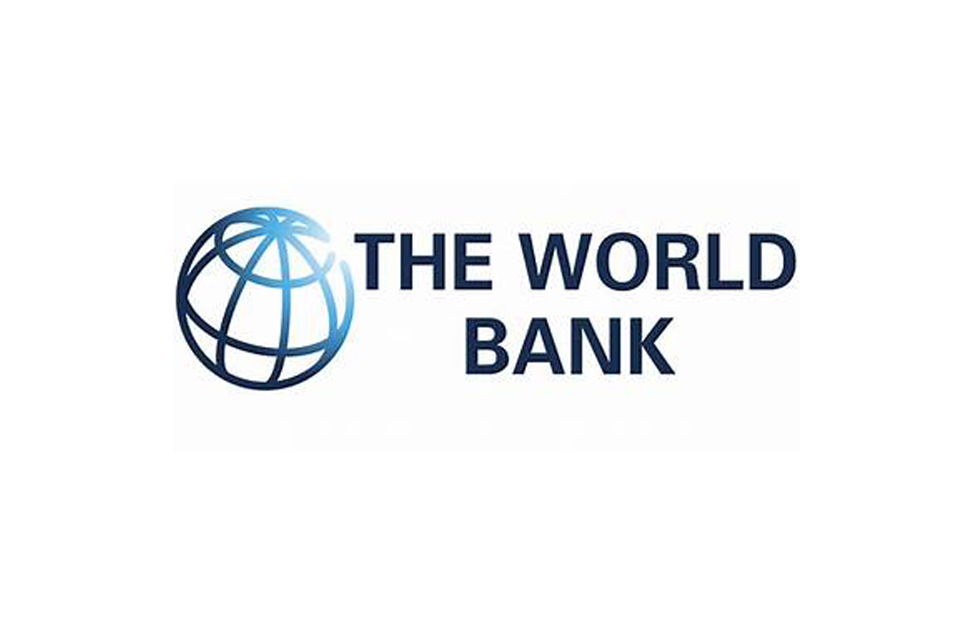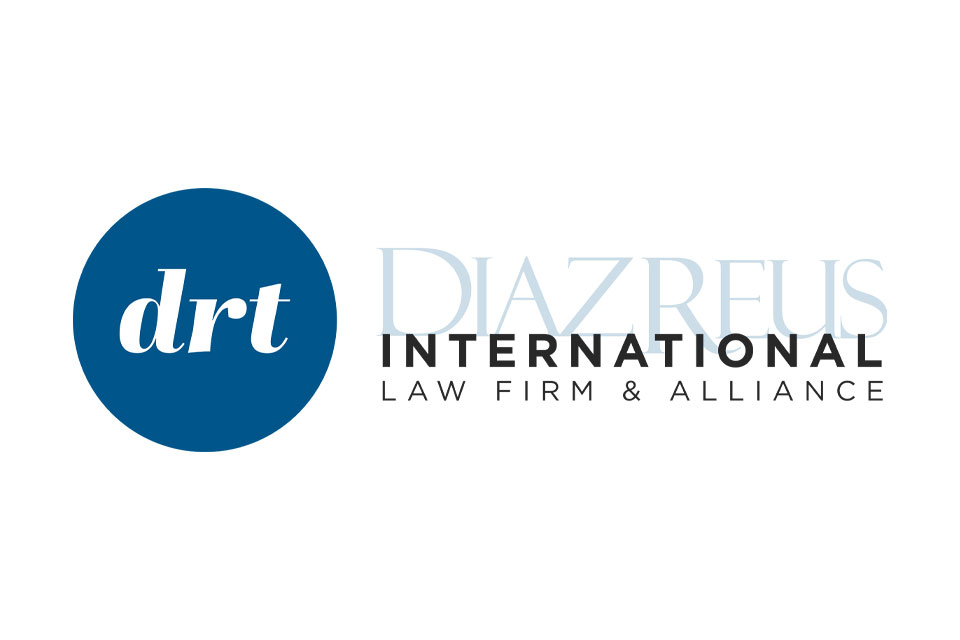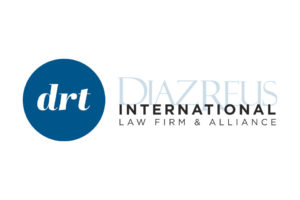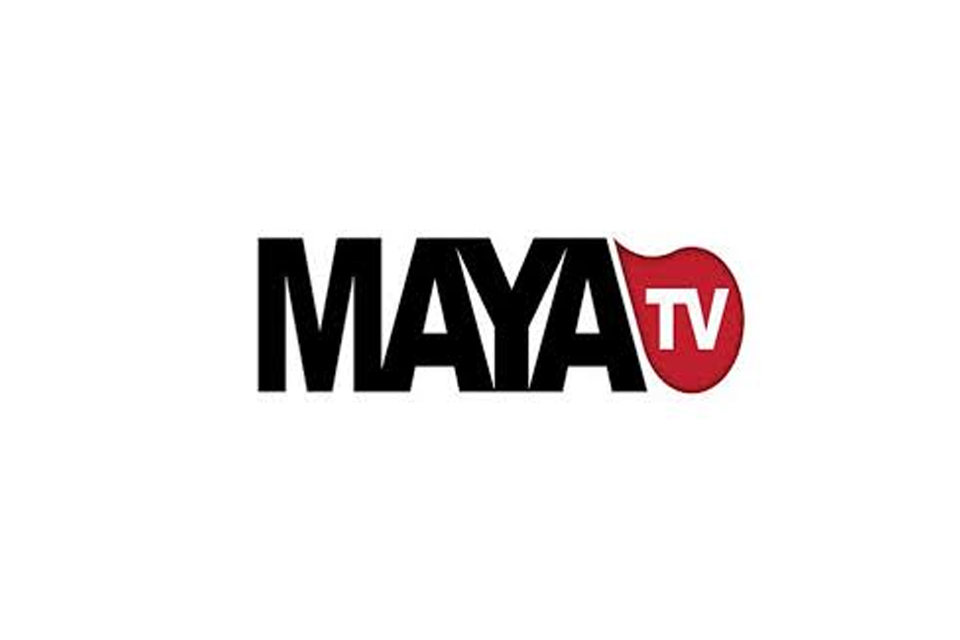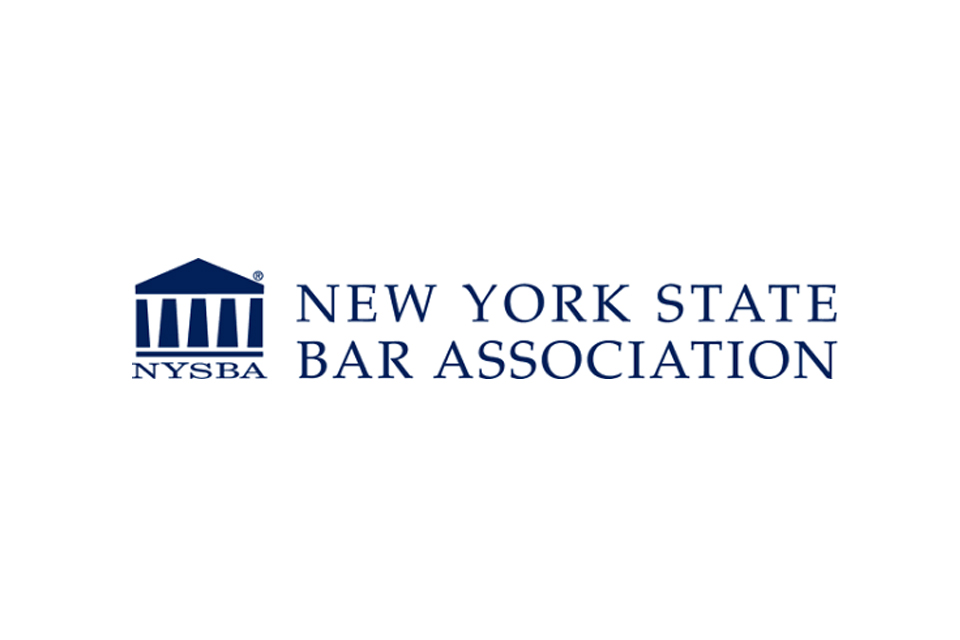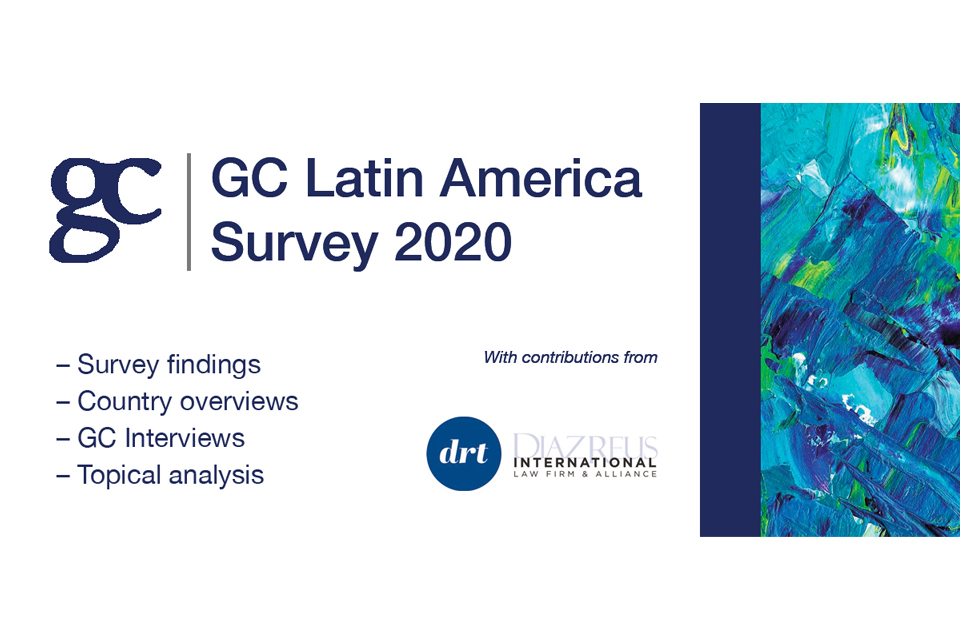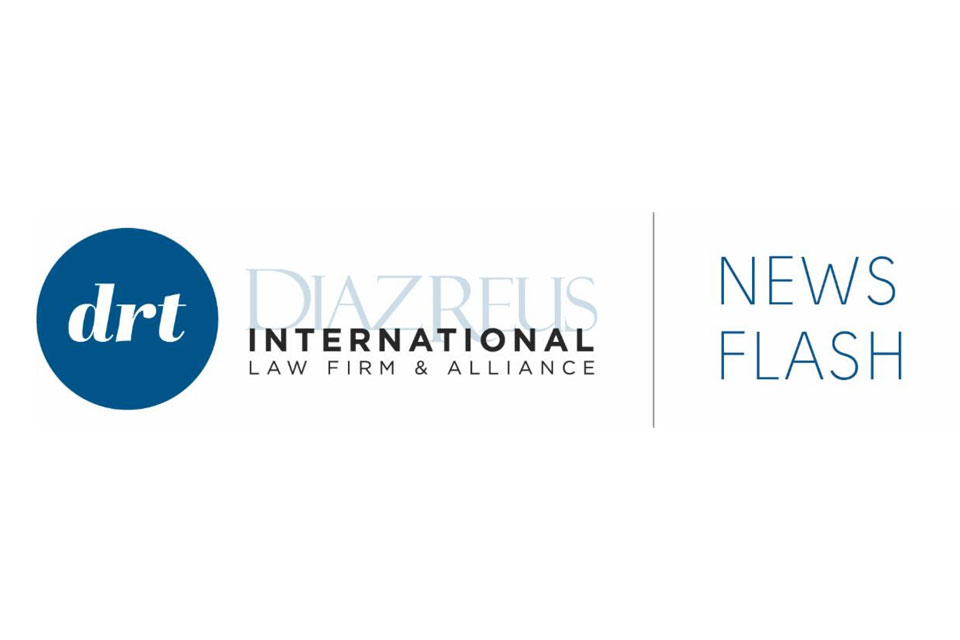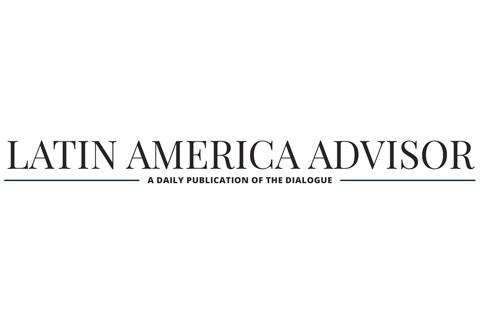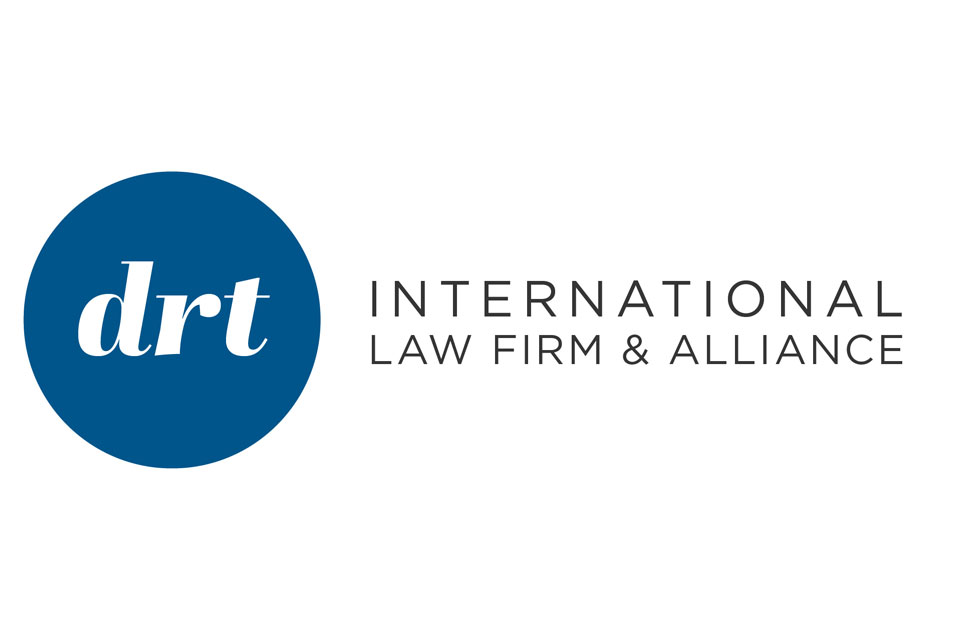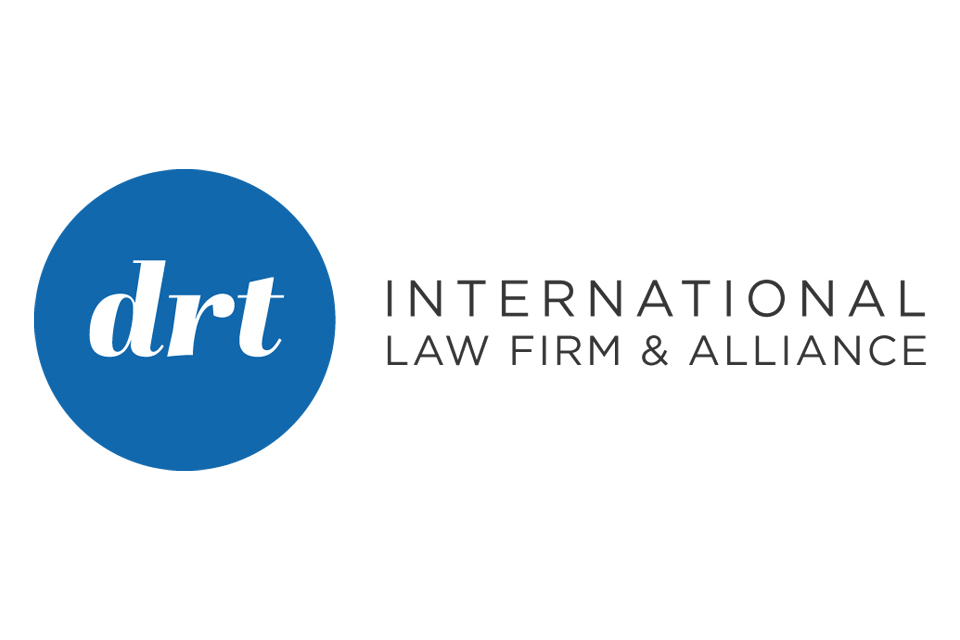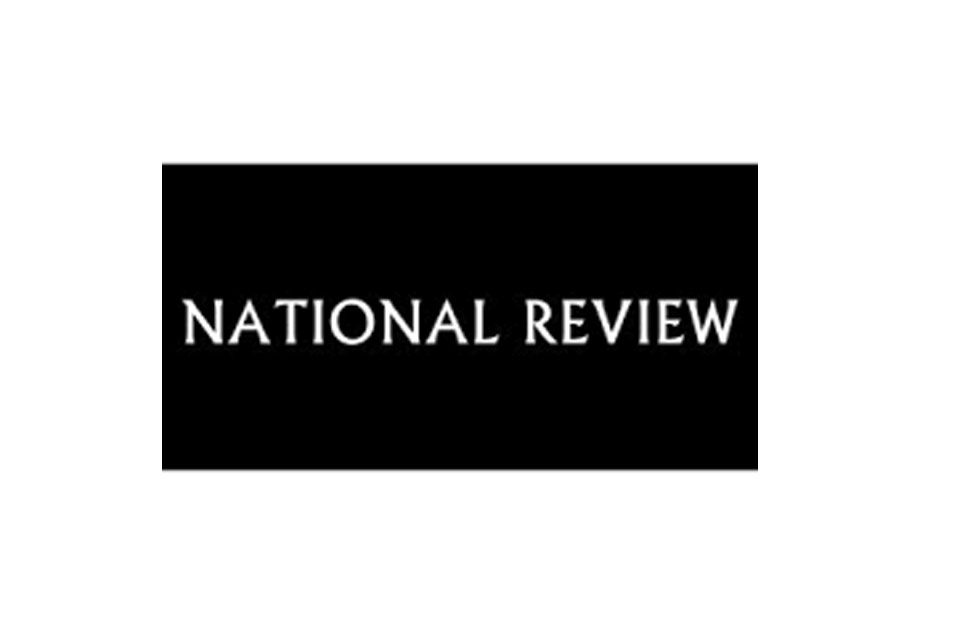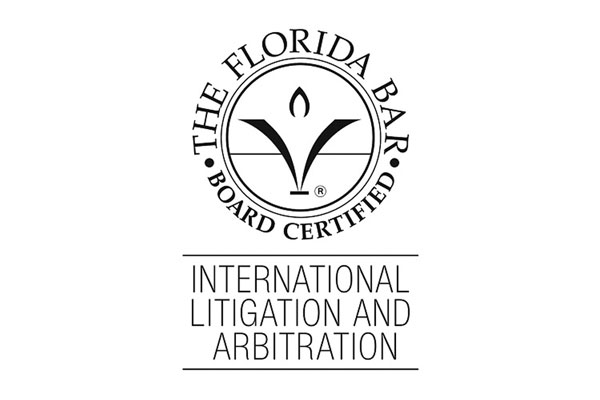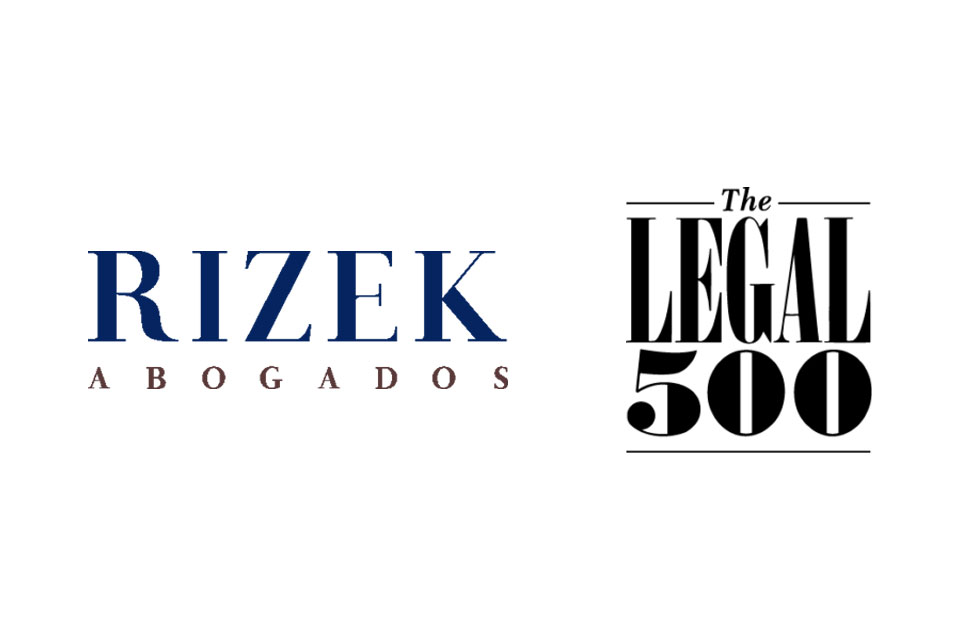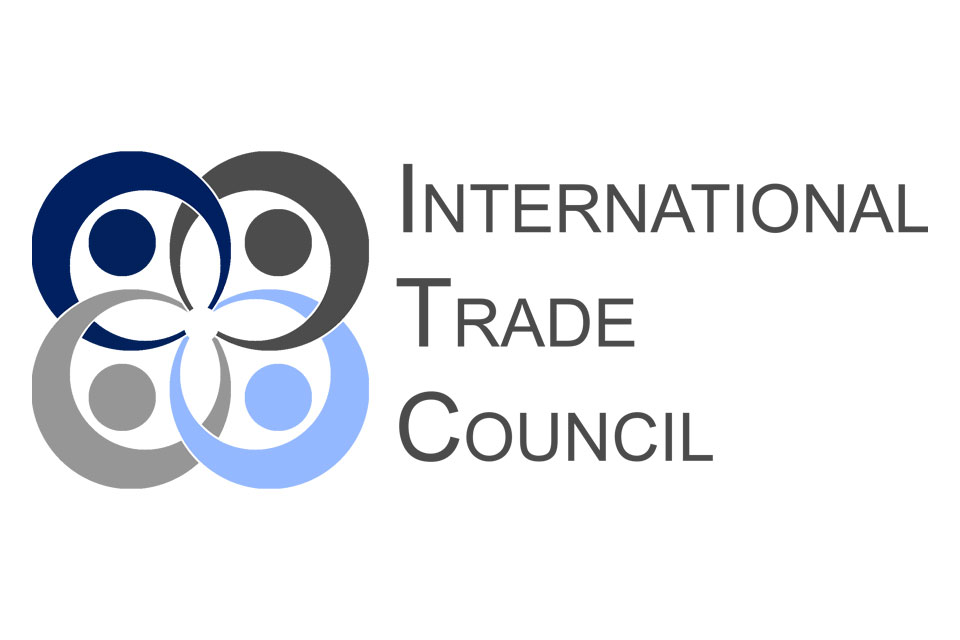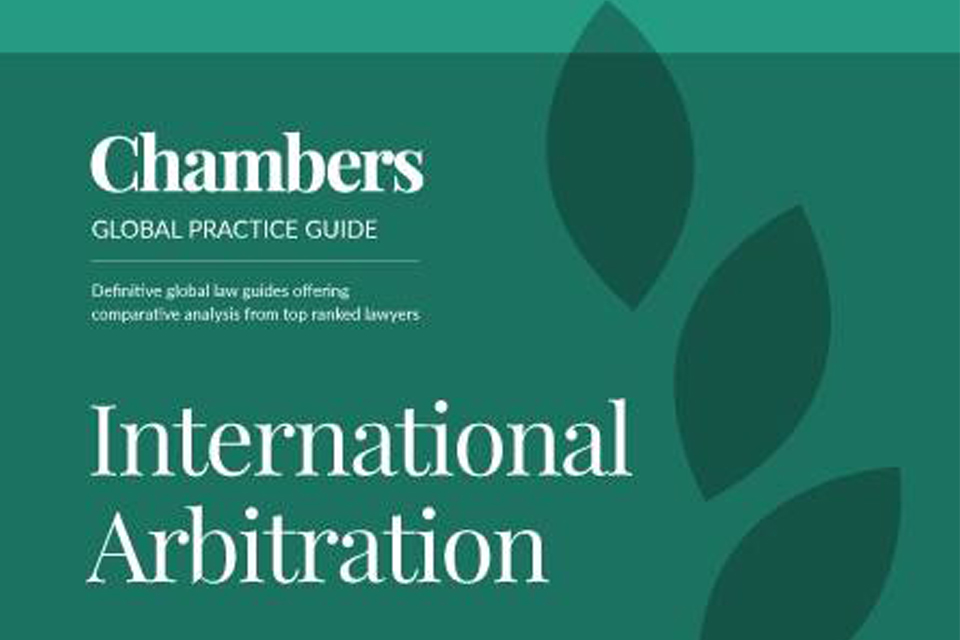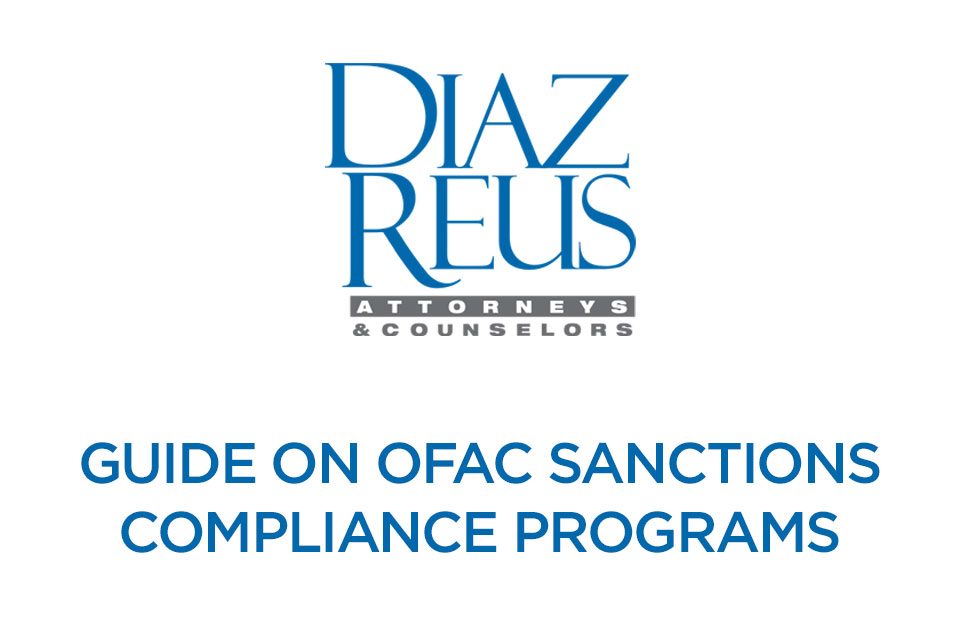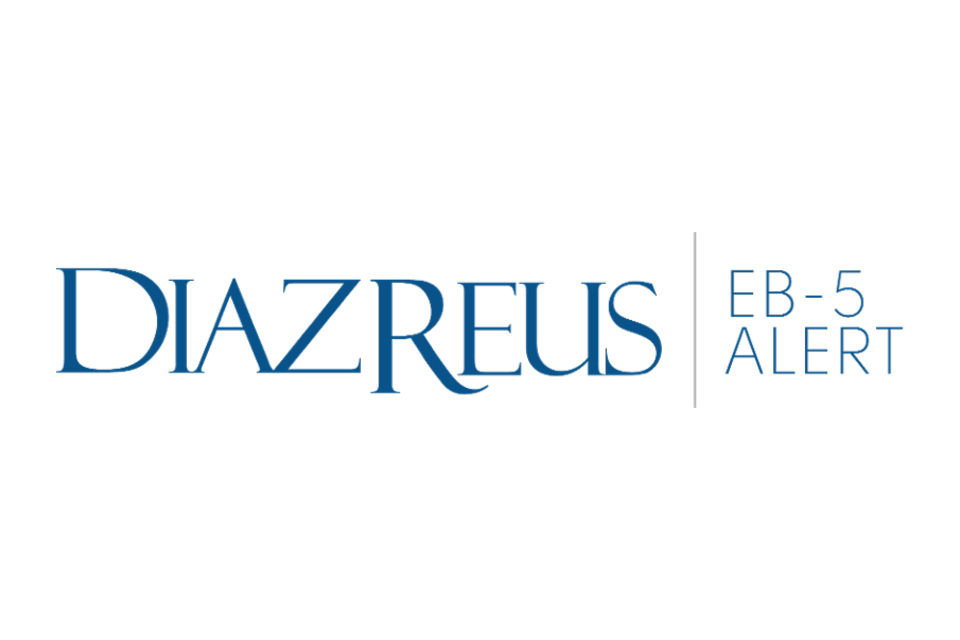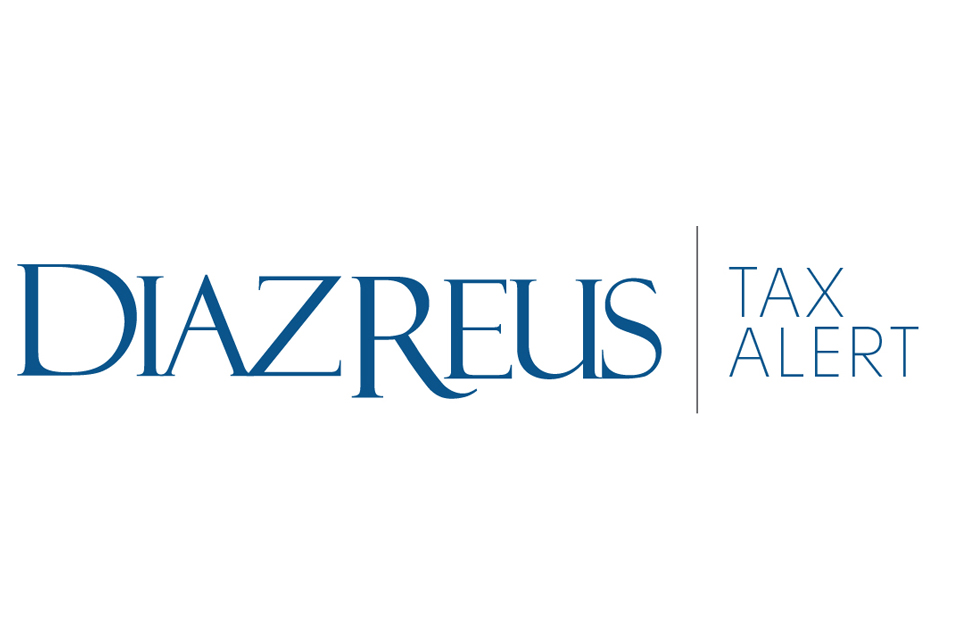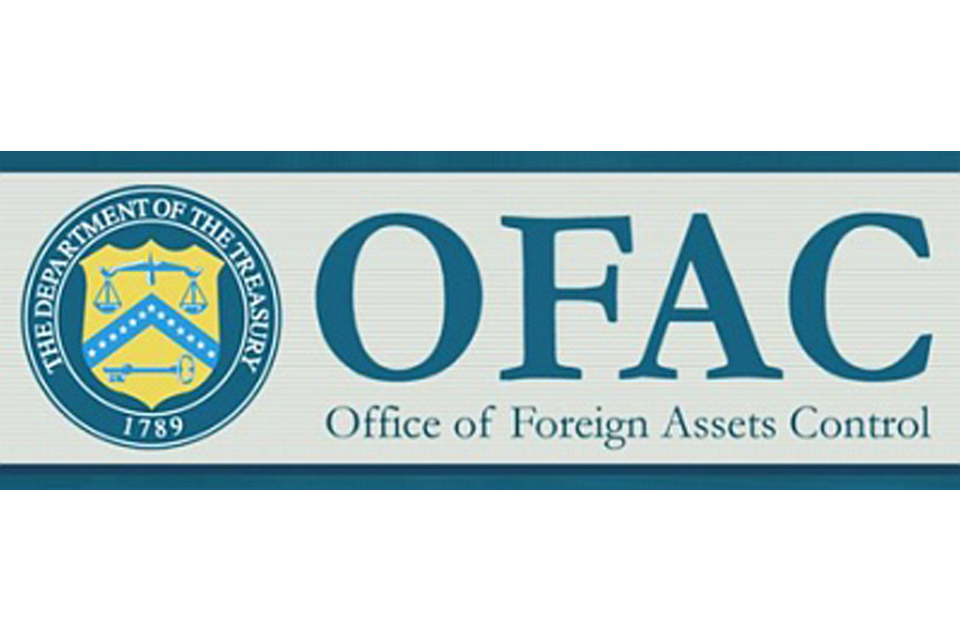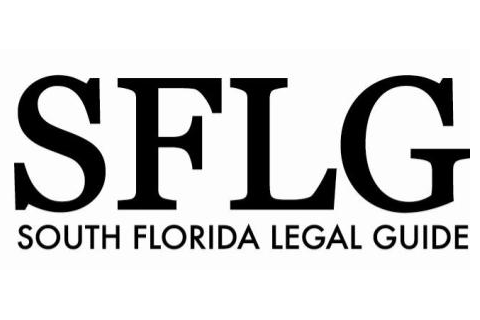The Dodd-Frank Wall Street Reform and Consumer Protection Act requires federal banking agencies to set minimum leverage capital and risk-based capital requirements for financial institutions. Similarly, under the newly implemented Basel III regulatory standards, banks will be required to hold more liquid capital. Both regulatory reforms impose additional and more stringent standards pertaining to capital to risk-weighted assets and leverage ratios on banks.
In this article, Marta Colomar discusses the impact of the Dodd-Frank Wall Street Reform and Consumer Protection Act and the Basel III regulatory standards on banks and other financial institutions. Marta includes a brief summary of changes to existing regulatory capital requirements and tracks the new liquidity requirements for banking institutions, and also touches on the key differences between Dodd-Frank and Basel III, questioning whether U.S. regulators will take the new Basel III’s requirements into account as they draft regulations to implement and integrate Dodd-Frank’s regulatory standards into law.
The recent global financial crisis exposed many problems inherent in the global financial system. In response to the crisis, regulators have enacted new legislations worldwide to address those issues and anticipate possible future crisis. The two most important pieces of regulation recently enacted are the Dodd-Frank Wall Street Reform and Consumer Protection Act and the Basel III Accord.
Both acts attempt to shift the focus of prior legislation, switching from a micro level framework to a macro prudential point of view in order to avoid systemic failure. Dodd-Frank includes provisions designed to ensure systemic liquidity in times of crisis, requiring emergency lending programs to provide funding to the financial system as a whole and not to a single or specific entity. Basel III incorporates standards that can be adapted to the changing economic tides to prevent systemic failure.
In the U.S., Dodd-Frank creates the Financial Stability Oversight Council, which monitors the financial system to ensure its stability, anticipate possible risks of financial failure, and respond to such failures. The Council designates companies that pose a threat to the financial stability of the United States as systemically important. These companies are then subject to enhanced supervision and prudential requirements by the Council. Bank holding companies with $50 billion USD or more in consolidated assets are deemed systemically important. This standard is automatically applied, in other words, no specific designation is necessary. However, this definition does not include or exclude foreign banking organizations. Therefore, a foreign bank desiring to establish operations in the United States should take this designation in consideration.
Basel III also implements a method for calculating the quantitative and qualitative indicators for the systemically important financial institutions. The method determines which companies should be considered systemically important as well as the company’s solvency requirements. However, the rules are different in both acts. The logical question is, would it be possible then that a company can be deemed systemically important for the global financial system but not for the U.S.? This would certainly present a challenge to the mutual objective of creating a more stable financial system.
The enhanced capital standards, the treatment of securitizations and the use of credit rating agencies are other areas of conflict. The Dodd-Frank leverage requirements are different from the Basel III non risk-weighted leverage ratio. Basel III considers capital conservation as the cornerstone of the banking industry, the philosophy behind it being that banks should be structured for safety and long-term success. Basel III relies on external credit ratings to determine whether assets can be counted towards the liquidity coverage ratio. In contrast, Dodd-Frank requires that any reference to credit ratings in federal agency regulations be removed by July 2011.
While the banking industry may like to see more similarities between Dodd-Frank and Basel III, the reality is that the differences between these two sources of new regulation will become more evident as they are implemented. This raises the necessary question of whether U.S. regulators will take the Basel III requirements into account when drafting the rules to implement Dodd-Frank.





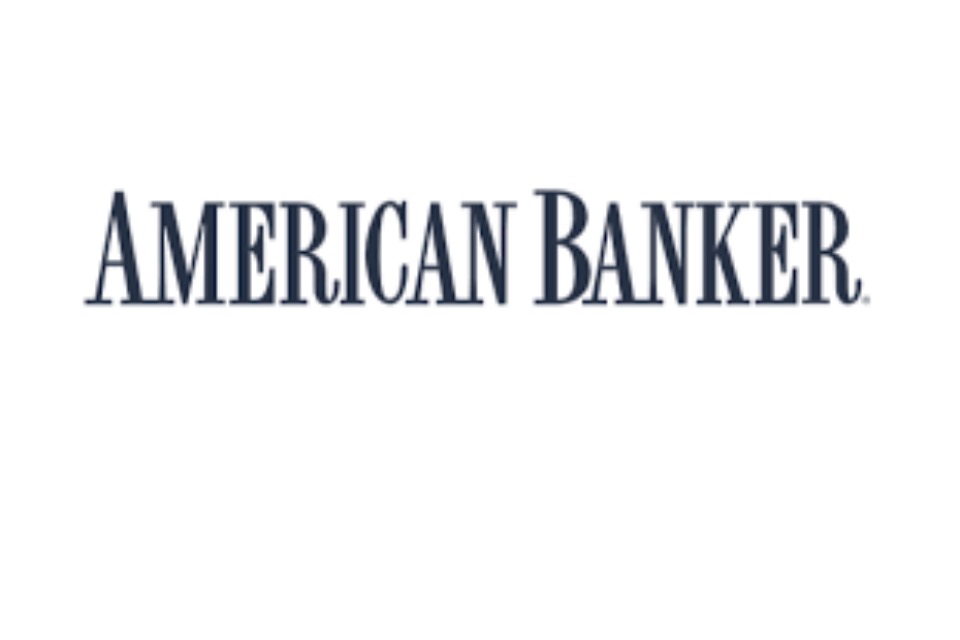
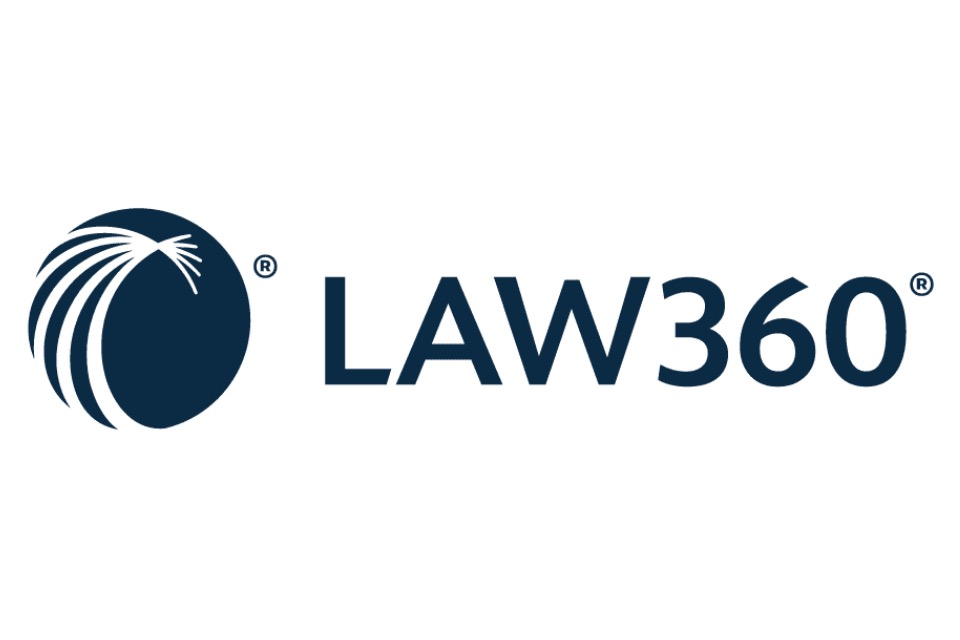







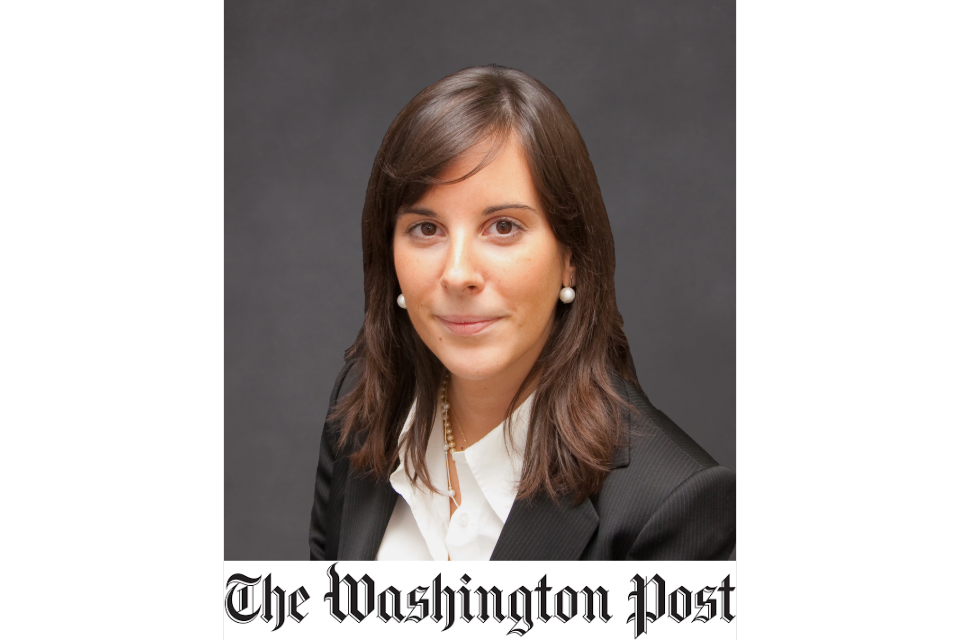






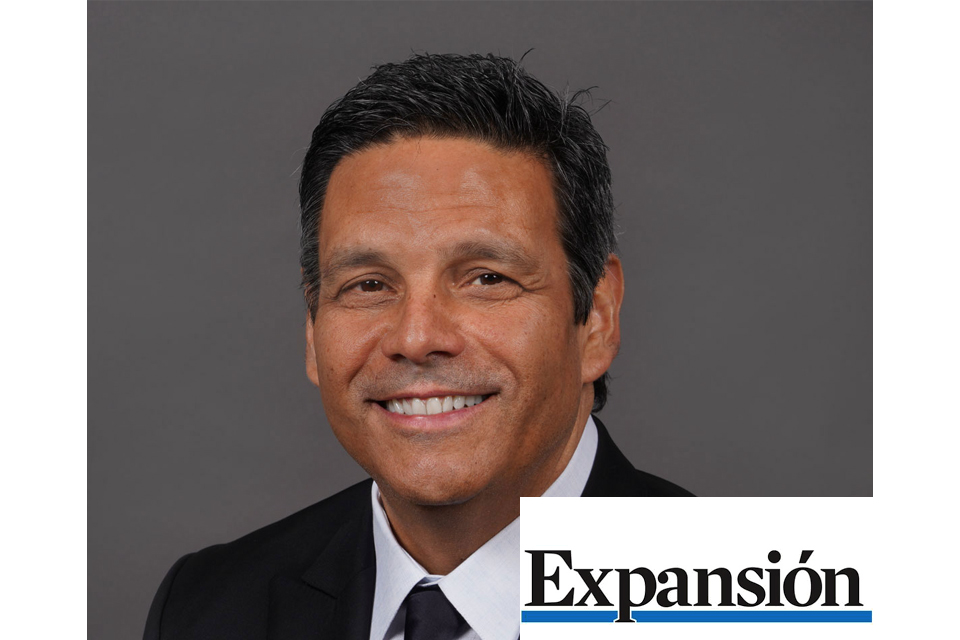









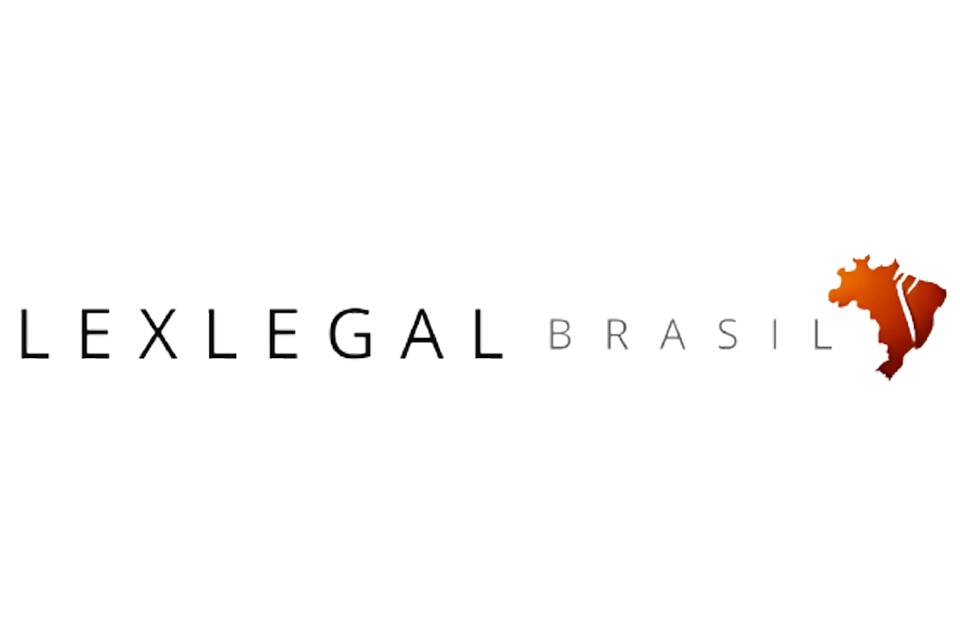




















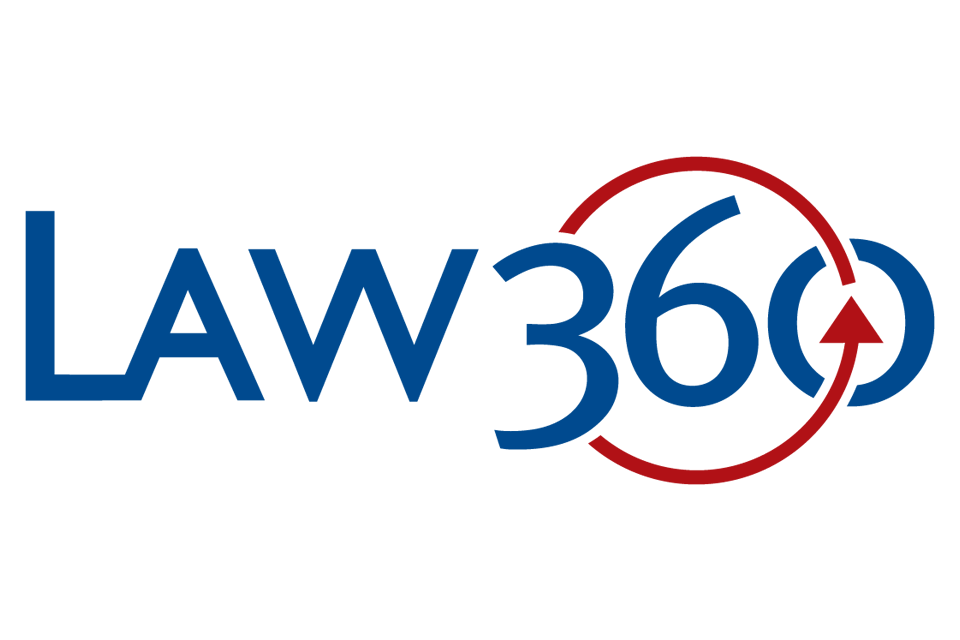















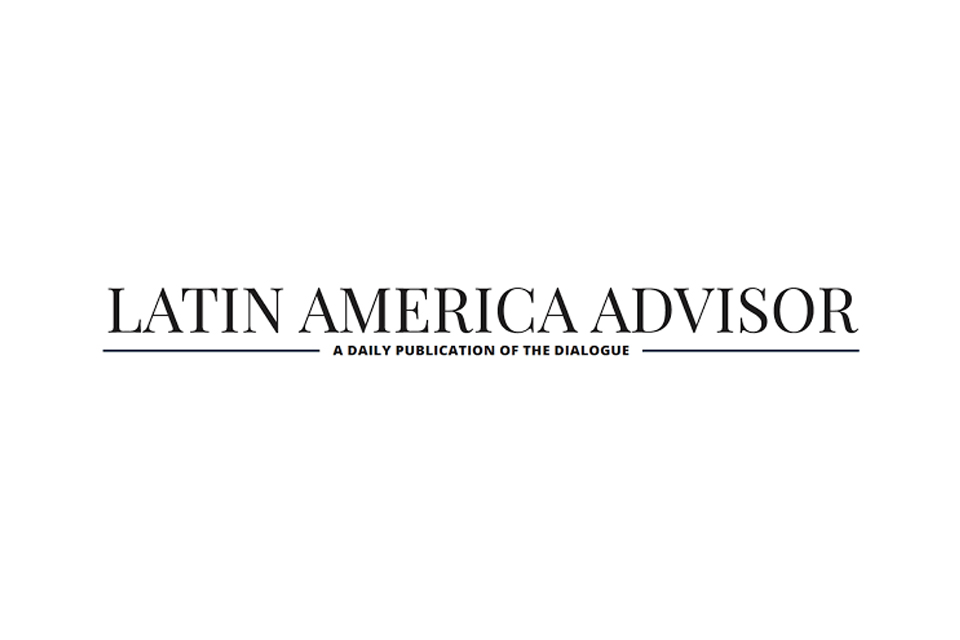









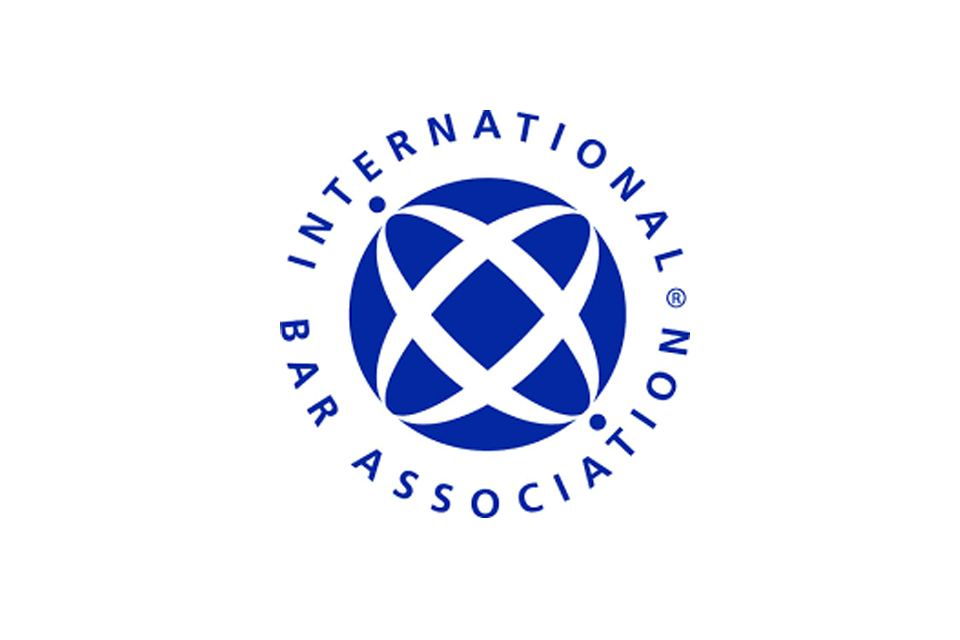
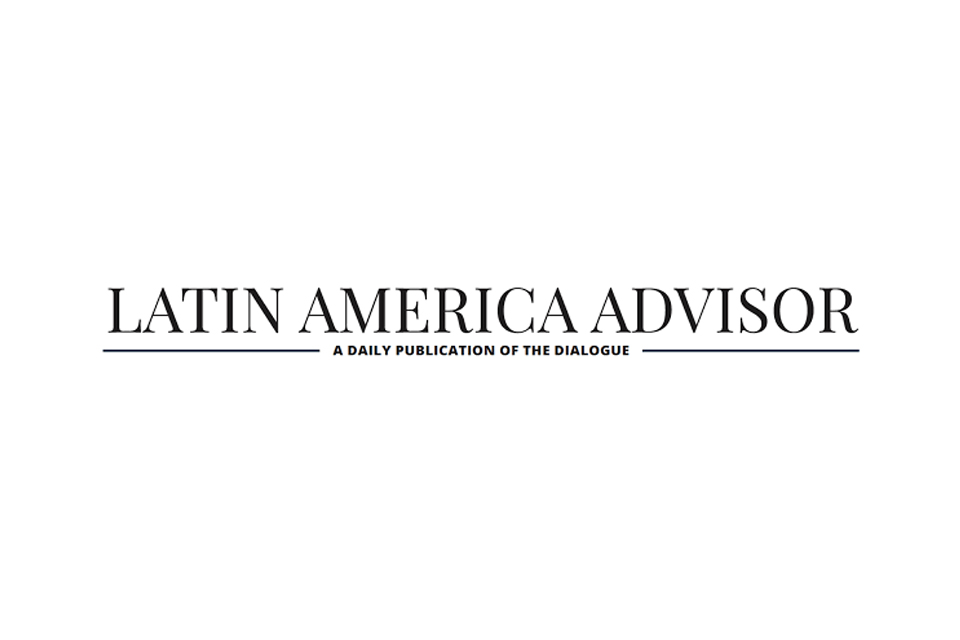
![Especial abogados Salón de la Fama[61] 4](https://diazreus.com/wp-content/uploads/2023/06/Especial-abogados-Salon-de-la-Fama61-4-1-pdf.jpg)











